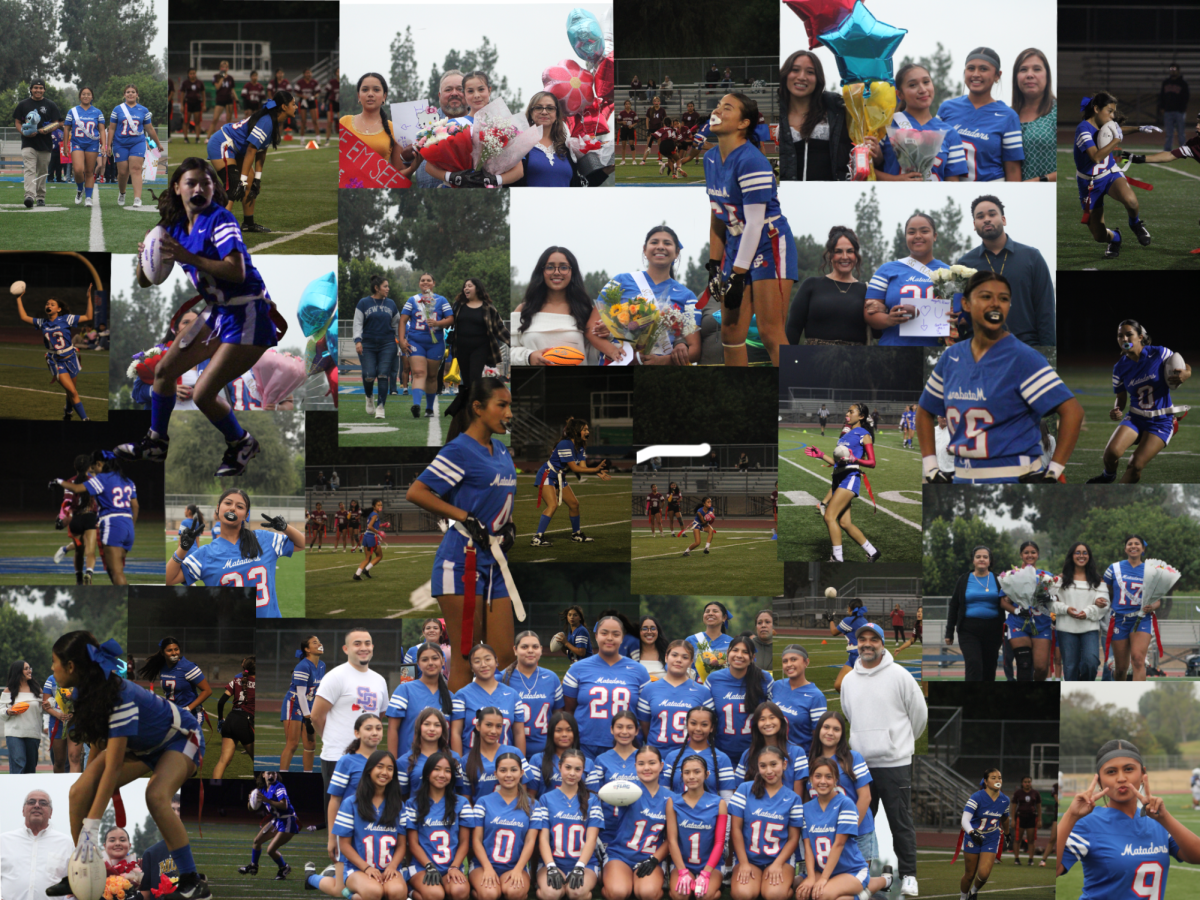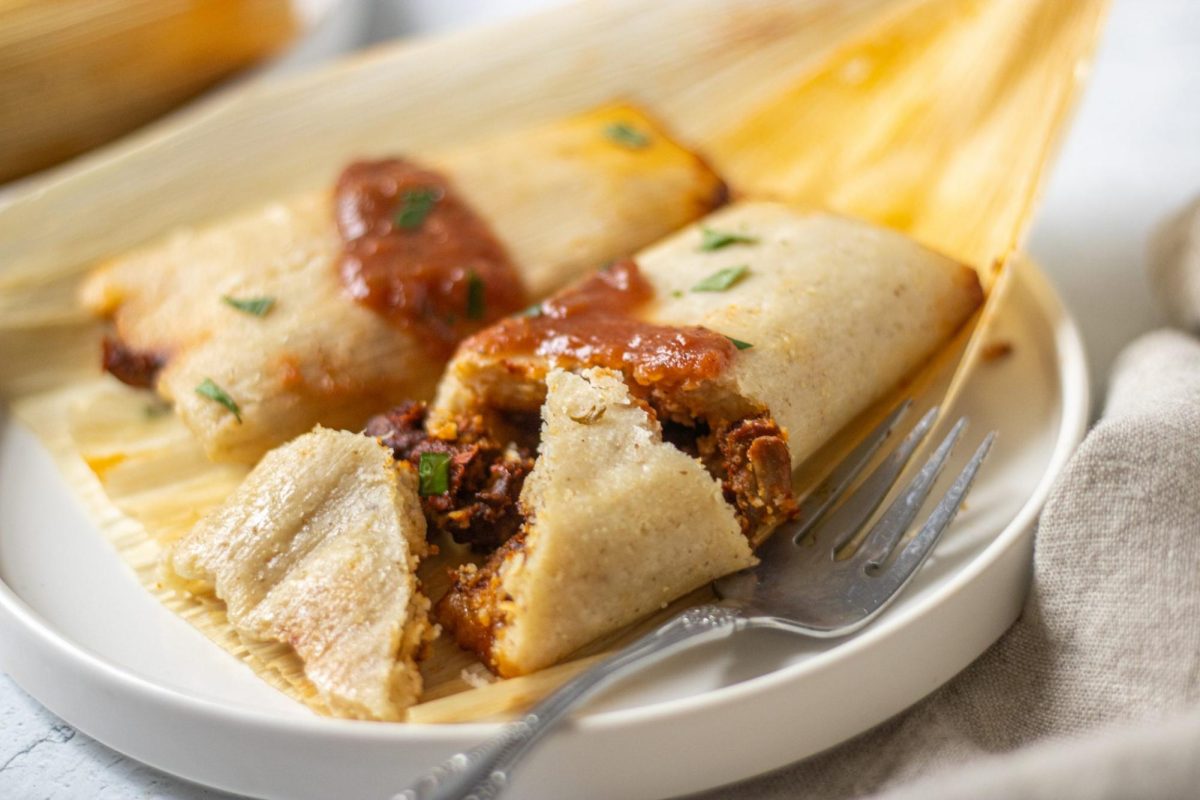For many years now, Latinx dishes have been popular in countries around the world. Some popular dishes include tamales, flan, asada, and many more. Not only are these dishes delectable, but they hold a special place in preserving culture and heritage. For a great deal of Latinx communities, dishes connect them to their heritage and impact many of their lives through value and perspective. It helps individuals understand and hold a connection to their identities.
With different dishes come different histories. Recipes hold a lot of history from various cultures and people throughout time. For generations now, traditional recipes and techniques have been passed down. This preserves and honors not only heritage but ancestors’ and keeps them memorable.
As the aroma of food fills the air, individuals are taken back to a certain moment in their lives. Dishes are commonly used to hold memory. Latinx dishes are often cooked at family gatherings for traditions or holidays. By sharing meals, they are sharing a new memory and experience. These memories are a great way for Latinx people to cherish one another. Numerous Latinx people seem more confident in themselves when cooking Latinx dishes.
“As time passed, making chilaquiles for breakfast became a weekly ritual,” a graduate from University of North Texas, Allyssa Garcia said. “I gained a strong sense in myself as a proud Latina while teaching myself how to make a range of other Latinx dishes.”
The names of dishes play a significant role in connection to language. A popular dessert in American and Latin American communities is a baked custard named flan. Flan is a word that came from “flaon” which is an old French word that derived from the Late Latin word “fladon.” “Fladon” also originated from the Old High German word “flado” which refers to “flat cake.” Another popular dish is tamales. Tamales are a platter of corn masa every so often filled, then wrapped in corn husks or banana leaves and steamed. The word tamales arise from the Aztec word “tamalii” which means “wrapped food.” Asado, an Argentinian barbecue, is traced back to the Spanish word asar, which translates to “roast.”
Food may just sound like a delicious appetizer, but it holds many heritage and experiences for Latinx communities all over the world. The art of Latinx recipes allows individuals to share traditional food and culture. It helps history remain in the hearts of many. As time goes by these recipes will live through history as a reminder of ancestral past and culture.

























